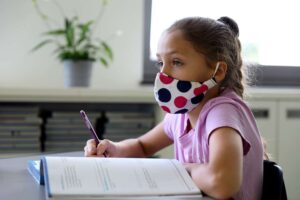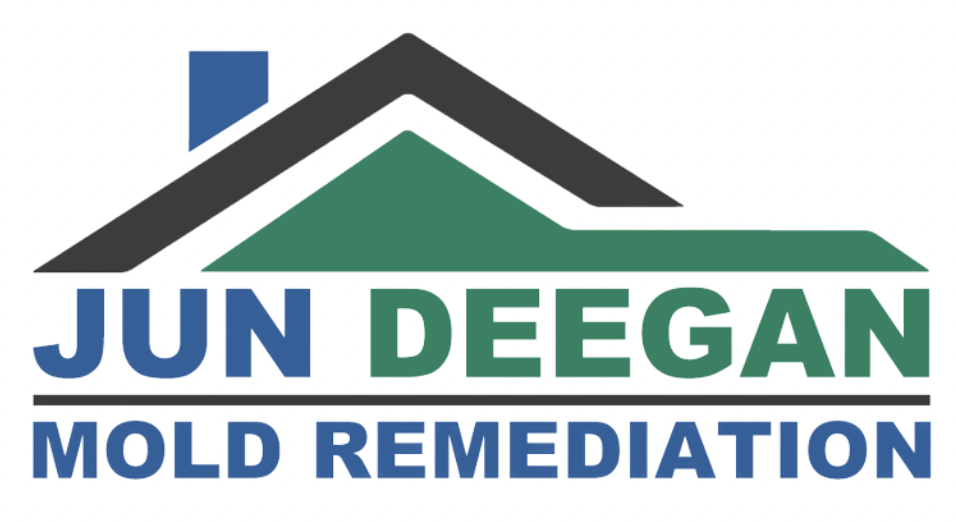Mold is a silent intruder that poses severe health risks, particularly to vulnerable populations like children and the elderly. Often hidden behind walls, under floors, or in damp corners, mold releases spores that can trigger allergies, asthma, and other respiratory conditions. For families, the presence of mold is more than just a structural issue—it’s a serious health hazard that demands immediate attention.
Children, with their developing immune systems, and elderly individuals, with weakened defenses, are especially susceptible to mold-related illnesses. Prolonged exposure can lead to chronic health problems, making early detection and remediation essential. In this comprehensive guide, we’ll explore why mold is particularly dangerous for these groups, the warning signs of mold exposure, and why professional mold remediation is the safest solution.
Why Mold Is Especially Harmful to Children
1. Developing Immune Systems Are More Vulnerable
Children’s immune systems are not fully developed, making them less capable of fighting off mold-related infections. When mold spores are inhaled or come into contact with skin, they can trigger allergic reactions, asthma attacks, and other respiratory issues. Research has shown that early exposure to mold increases the likelihood of developing asthma, a condition that can persist into adulthood.
2. Higher Exposure Due to Behavior
Young children spend much of their time playing on the floor, crawling, and putting objects in their mouths. This behavior increases their exposure to mold spores that settle on carpets, toys, and household surfaces. Even minimal mold growth in hidden areas, such as behind baseboards or under sinks, can significantly impact a child’s health over time.
3. Long-Term Health Consequences
Mold exposure in childhood has been linked to several chronic health conditions, including:
- Respiratory infections (chronic sinusitis, bronchitis)
- Skin irritations (eczema, rashes)
- Neurological symptoms (headaches, fatigue, difficulty concentrating)
- Increased asthma severity (more frequent and intense attacks)
Ignoring mold growth in the home can lead to persistent health issues that affect a child’s quality of life, school performance, and overall well-being.
Why the Elderly Are at Greater Risk from Mold Exposure
1. Weakened Immune Systems and Chronic Conditions
As people age, their immune systems become less effective at fighting infections. Seniors with pre-existing conditions such as COPD, heart disease, or diabetes are particularly vulnerable to mold-related illnesses. Mold spores can exacerbate respiratory conditions, leading to hospitalizations or long-term complications.
2. Increased Susceptibility to Respiratory Infections
Mold spores irritate the lungs and can cause or worsen conditions like pneumonia and bronchitis. For elderly individuals, even minor mold exposure can lead to severe breathing difficulties, requiring medical intervention.
3. Cognitive and Neurological Effects
Emerging research suggests a possible link between mold exposure and cognitive decline in older adults. Symptoms such as memory loss, confusion, and difficulty concentrating may be aggravated by prolonged exposure to toxic mold species like Stachybotrys (black mold).
Signs Your Family May Be Exposed to Mold
If you or your loved ones are experiencing the following symptoms, mold could be the hidden culprit:
- Persistent coughing, sneezing, or sore throat
- Watery, itchy, or red eyes
- Unexplained skin rashes or irritation
- Worsening asthma or allergy symptoms
- Chronic fatigue or headaches
- Musty odors in certain areas of the home
Since these symptoms can mimic common colds or allergies, many families overlook mold as the cause. If health issues persist despite treatment, a professional mold inspection is highly recommended.
Why Immediate Action Is Crucial
Mold spreads rapidly, and delaying remediation can lead to:
- Worsening health conditions – Prolonged exposure increases the risk of chronic illnesses.
- Structural damage – Mold weakens wood, drywall, and insulation, leading to costly repairs.
- Decreased home value – Untreated mold can make selling your home difficult.
The Dangers of DIY Mold Removal
Many homeowners attempt to remove mold themselves using bleach or store-bought cleaners. However, improper handling can:
- Spread spores further, contaminating other areas.
- Fail to address the root cause, allowing mold to return.
- Expose residents to harmful chemicals used in cleaning.
Professional remediation is the only way to ensure mold is completely eliminated and future growth is prevented.
How Jun Deegan Mold Remediation Protects Your Family
At Jun Deegan Mold Remediation, we provide CSMI-certified mold removal services (Certificate #2310018) to ensure your home is safe and healthy. Our process includes:
1. Thorough Inspection & Testing
We use advanced detection tools to locate hidden mold, even in hard-to-reach areas like attics, basements, and crawl spaces.
2. Safe & Effective Mold Removal
Our EPA-approved techniques eliminate mold at its source while preventing cross-contamination.
3. Moisture Control & Prevention
Since mold thrives in damp environments, we identify and fix moisture sources (leaks, poor ventilation) to stop future growth.
4. Transparent, Honest Service
With over 30 years of experience in Central NJ, we provide free estimates and never recommend unnecessary treatments.
Don’t Wait—Protect Your Family Today!
Mold won’t go away on its own, and the longer it remains, the greater the risk to your family’s health. Jun Deegan Mold Remediation offers fast, reliable, and professional mold removal services to keep your home safe.
Contact Us Now for a Free Estimate!
📞 Phone: 908-322-1533
📧 Email: info@jun-deegan-mold-remediation.com
🌐 Website: https://jun-deegan-mold-remediation.com/
Serving Central NJ, including Scotch Plains and surrounding areas.


